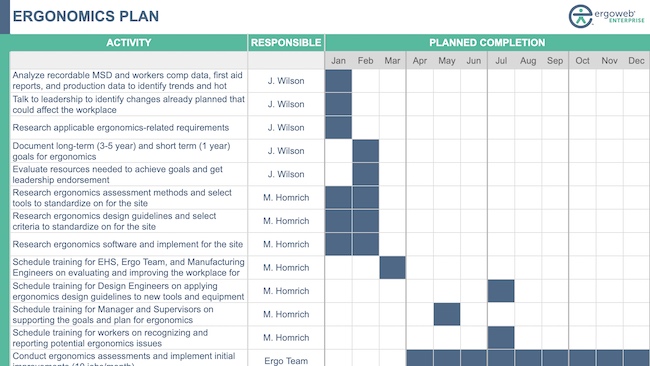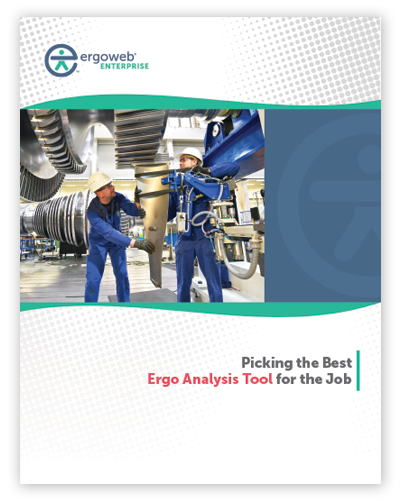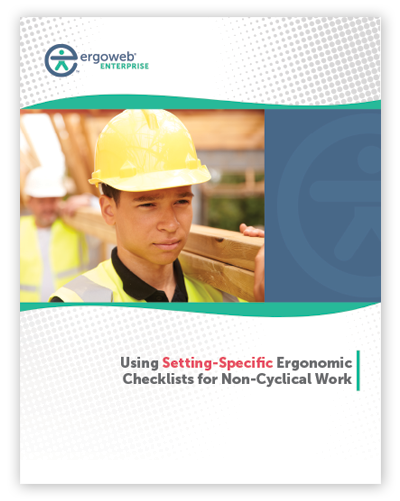There are many potential benefits from sit-to-stand and user adjustable furniture, including lower total cost of ownership, fewer MSD's, higher productivity, improved satisfaction, etc. However, to get the greatest benefit for the employee and the company, you need to ensure that you deploy the right equipment to the right population, and then support roll-out by giving users encouragement and guidance in how to be comfortable and successful with the new equipment. This article provides background for the benefits of sit-to-stand workstations, and guidance on how to effectively implement them on a small or large scale basis.






